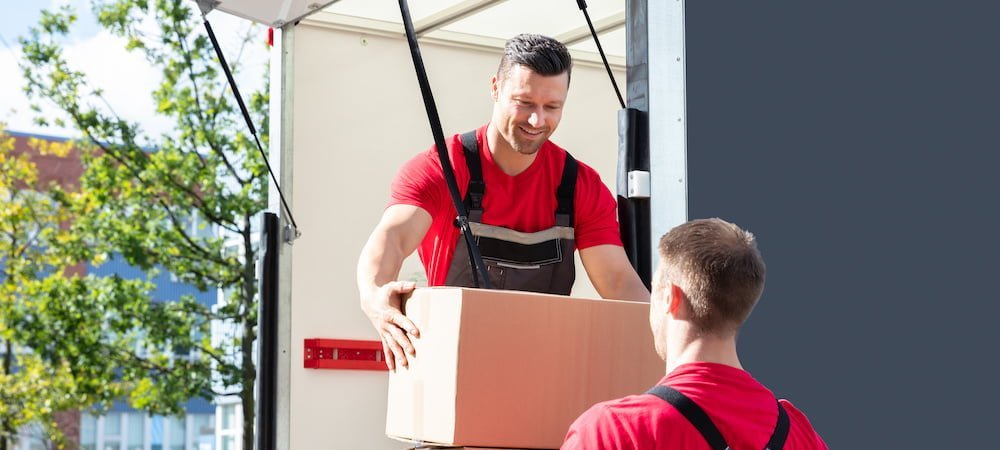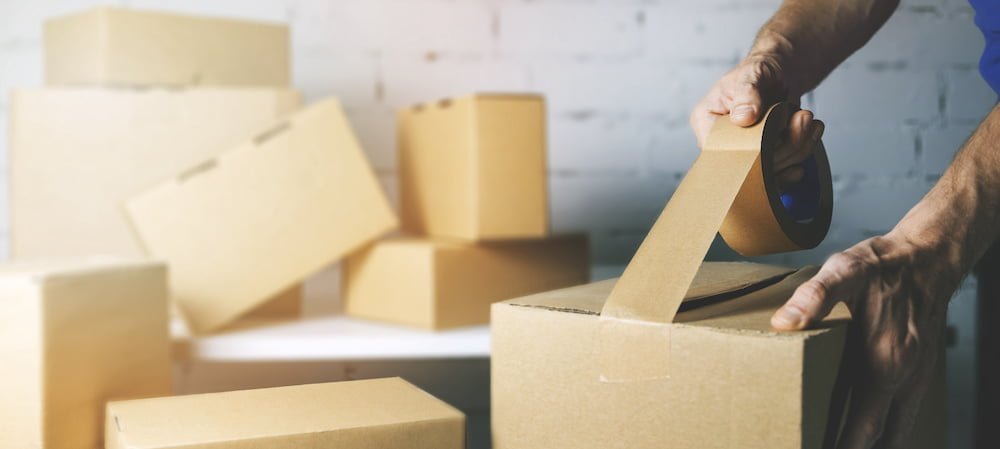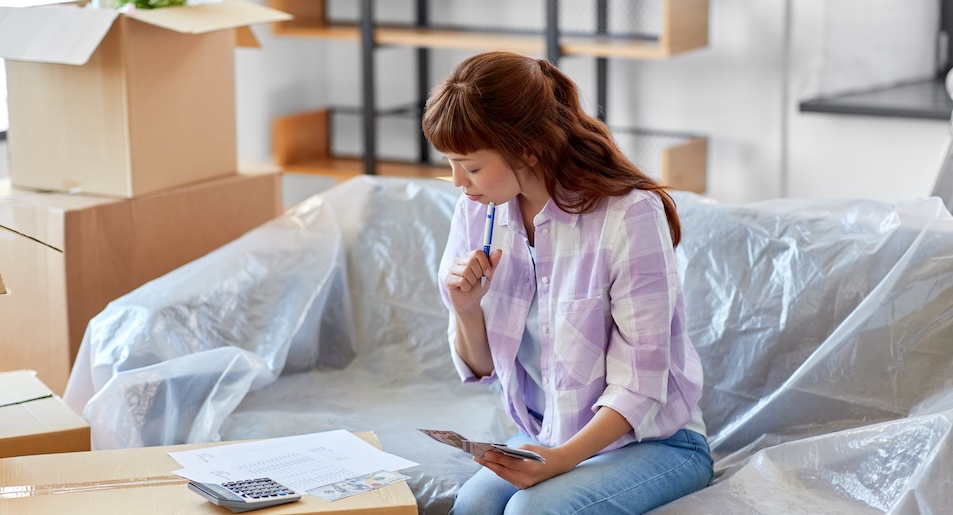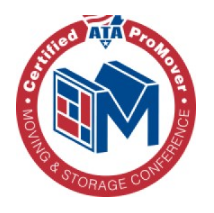How Do Moving Companies Work? What Do They Do And Will They Pack For You?

What Do Movers Do?
How Movers Help When You Need Them
Hiring movers is a popular idea for people who are moving to a new home or office. There are many reasons for this. First, it saves you time. People who move on their own may take a lot longer than professionals. Second, it prevents you from injuring yourself. You’re not a professional mover. Even if you work out a lot you haven’t been trained on the proper way to lift heavy objects for a whole day. Finally, it saves your belongings. Professional moving companies know how to pack up items the right way.

But how exactly do they work and what do they do? Here’s a basic overview:
- Supply packing materials
- Help you pack
- Provide the moving vehicle
- Load the truck
- Drive your items to your new location
- Haul away trash
These are just the basics.
Supply Packing Materials
When moving, if you pack yourself, you may wonder how many boxes you need, or even what type of boxes to get. You might wonder how much bubble wrap and packing paper you need and whether you need any other moving supplies. Professional moving companies can provide guidance on what you should get, and deliver the supplies when you are in the packing process.
Even better, if they are packing for you, they can bring the supplies and do the whole job for you.
Do Moving Companies Pack For You?
Yes! A full-service move refers to a move in which movers pack and unpack for you. The benefit to having this service is that packing on your own can often take weeks or even months. Professional packers can do the job in just a day or two depending on the size of the home you are moving from. They will also unpack for you to your specifications upon arrival. The benefit to both of these services is that you can focus on your family and working instead of spending hours upon hours packing or unpacking.
Hauling Services
The end of a full-service move can include not only unpacking but also hauling away all the boxes and wrappings from the move. This is useful because when you unpack on your own, the boxes can pile up quickly! So, professional movers will haul them away when they are finished unpacking so you can start your new life in your home with a clean slate.
How to Prepare for Movers
So the movers are coming. What do you do? Well, that depends on whether you’ve booked a full-service move or not.
If you’re packing yourself, you’ll need to pack everything up into boxes. Clearly label everything with a permanent marker.
If you’ve hired professional packers, before they arrive you will need to make a written inventory of everything you want them to pack as well as a list of everything you plan to pack yourself. Experts often recommend that you pack things like important documents and medications, as well as a few changes of clothes, and keep them in a separate suitcase.
Then, prepare your house for moving day. If it’s wet out, put down tarps or blankets to protect the floor. The movers will have moving blankets to protect the walls from sharp corners.
Hire a babysitter for your children, and consider having someone else watch your pets so they don’t get in the way.
Finally, make sure to take out a little bit of cash from the bank to tip the movers!
Understanding the Moving Process
The moving process is best left to the experts so you can focus on what it is that you do best. Once you are familiar with what you have to do, it’s time to book your movers. Contact us for a free quote. The quote comes with no obligation to book, though we are confident that when you see our competitive prices and services you will pick Nelson Westerberg as your top choice. To get a quote, just fill out our easy-to-use online form and upload a few videos of your space for our artificial intelligence-powered system to analyze. Then you will receive an accurate quote so you can book with confidence. We look forward to helping you with your move.
Related Articles
Moving Out Soon? Your Guide to Start Saving Today

Moving out is a thrilling milestone that brings both excitement and financial challenges. Proper preparation and strategic saving are crucial for a smooth transition to independent living, requiring more than just accumulating a lump sum. Beginning this process requires a thorough approach, from evaluating your current financial circumstances to preparing for lasting stability. By implementing […]
Read MoreFirst Time Moving Out? Your Essential Checklist & Guide

Stepping out on your own for the first time is a thrilling adventure that marks the beginning of true independence. It’s a journey filled with excitement, but it also comes with its fair share of challenges that require thoughtful preparation and planning. Moving from your family home to your own space involves more than just […]
Read More




